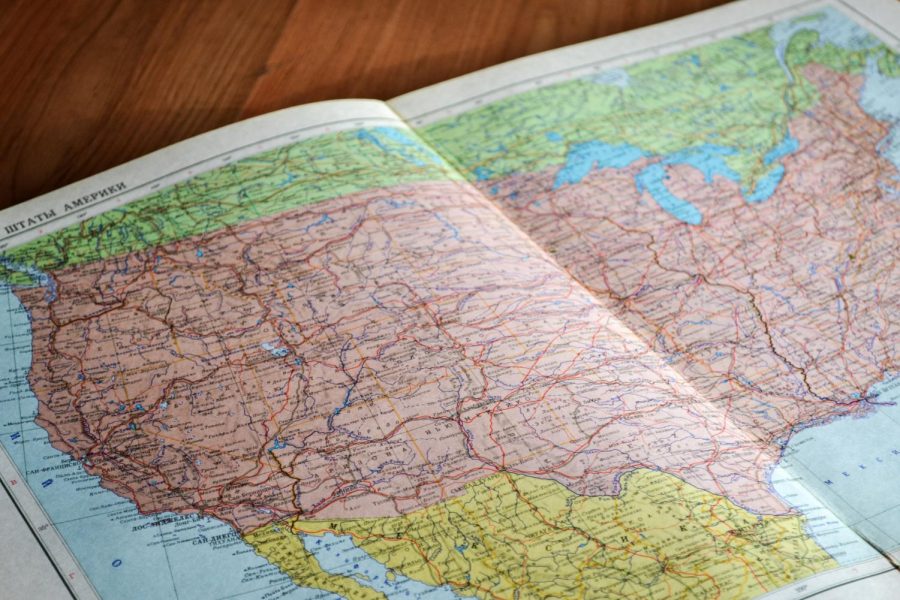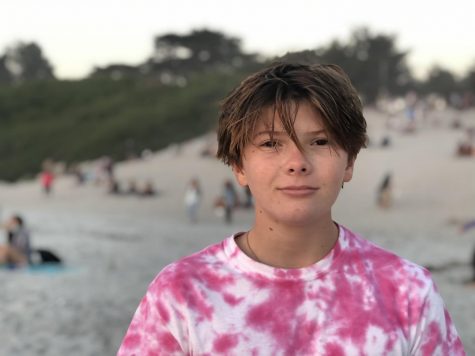The Debate on Statehood of DC and Puerto Rico
In the next four years, Americans might see two new stars on the flag.
February 21, 2021
For many, Biden’s Inauguration was a long-awaited sigh of relief. However, the Inauguration of Vice President Harris and President Biden does not mean the end of the battle for many important issues, including the climate, racial justice, and education. An ongoing debate is whether Washington D.C. and Puerto Rico should become U.S. states. is one of these critical changes.
Recently, three has been a large push for the statehood of the District of Columbia. Currently, it has 5 and a half million residents who are not eligible to vote in federal elections (besides the presidential race), and they lack representation in the House and Senate. Such residents were previously able to vote in the Senate and House races with either Virginia or Maryland ballots, but this law was repealed, leaving millions without the constitutional right to vote. A popular slogan in D.C. is “taxation without representation,” historically used in the American Revolution, because their lack of voting rights is coupled with the highest per-capita federal income taxes in the US. Making D.C. a state would also most likely be a win for Democrats because the D.C. metro area is notoriously progressive. The road to making this a reality is not a walk in the park, but it is now much easier due to Democratic control of both the House and Senate. Democrats would need to pass their plan to establish D.C. as the fifty-first state through the House and Senate.
Passing DC statehood through the House is a reasonable goal due to the majority and the lack of a filibuster, but the Senate is a much larger hurdle. A census cited that a large majority of Americans do not want D.C to become a state, and therefore proves uncertain which way more moderate Democrats will vote. The Senate additionally still has the filibuster in place, which is a massive challenge to overcome.
The specifics of the plan are to condense the actual capital of the U.S. to the constitutionally specified ten square miles, which would include the Capitol Building and the White House, then the rest of the former district would become a state. Doing this would avoid the need for a constitutional amendment.
Another topic likely coming into the news cycle in the next four years is the territory of Puerto Rico. Similar to D.C., there is support for Puertorican Statehood. It is more complicated than D.C. statehood because, unlike the District of Columbia, the territory of Puerto Rico itself is divided on whether they want to become a state, stay a territory, or even fight for their independence. Puerto Rico has a very unique and beautiful culture and identity. Some people in Puerto Rico feel “American,” some feel more Mexican, and some feel like a combination of both. This raises the question of whether or not the territory actually wants to become a state. If they decide they do want to become a state then the road to statehood would not be easy, but it would be far easier than the District of Columbia. Currently, they have a population of 3.19 million, which is larger than Rhode Island and Hawaii combined, meaning it meets the population requirement for statehood. In a referendum about statehood, 52% voted yes. This road to statehood has similar obstacles to D.C. in the House in the Senate, such as the filibuster. Puerto Ricans are also more progressive, so this would be a win for Democrats.


